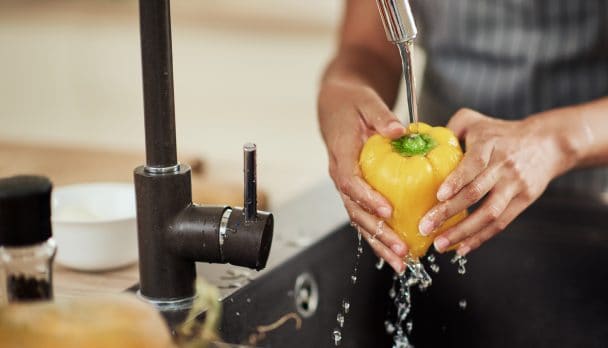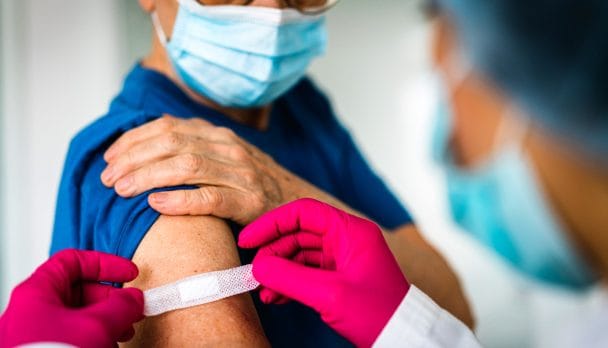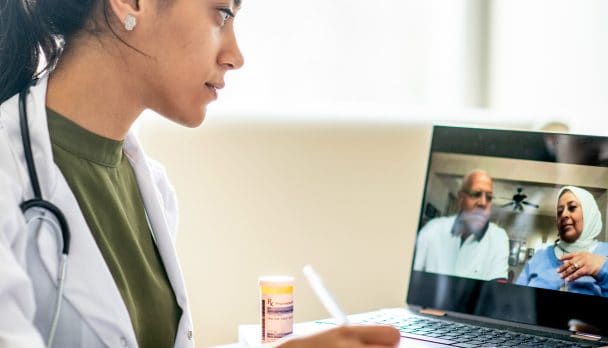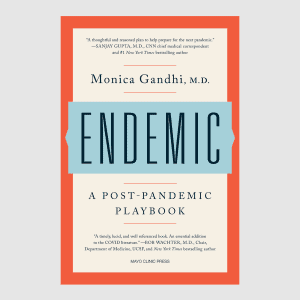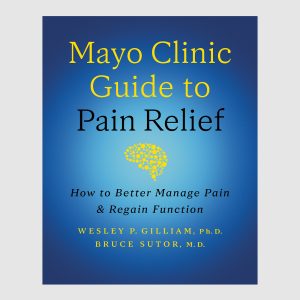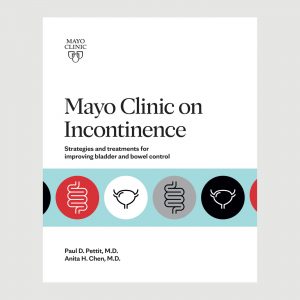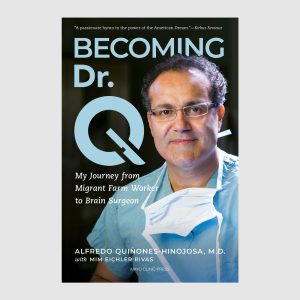
If you’ve ever stood up from a chair and felt a stab of pain in your knee or avoided taking the stairs because each step might be uncomfortable, you’re in good company. Knee pain is one of the most common complaints among adults, and for those over 50, the leading cause is osteoarthritis (OA).
Pain from knee arthritis can be frustrating and limiting, sometimes taking a real toll on your quality of life. Fortunately, there are practical things you can do to feel better — starting with understanding what’s happening inside your joint.
H2: Knee arthritis symptoms
OA is a type of arthritis that occurs when the cartilage — the smooth, rubbery material that cushions your joints — wears down over time. This can be caused by different things, from an injury or structural issues to years of daily wear and tear. But the result is the same: The bones of the joint no longer move against each other smoothly. This causes pain and inflammation.
“The body tries to respond, and that causes changes around the joint capsule, the tissue around the joint, and the bone itself,” says Mayo Clinic rheumatologist Shreyasee Amin, M.D., C.M., M.P.H. “Even muscles and tendons can weaken.” This combination of damage and body response leads to further pain and reduced movement.
There are many potential reasons for knee pain, including other forms of arthritis. But if your knee pain is typically aggravated by activity and gets better with rest, it’s likely caused by osteoarthritis and not a more serious kind of arthritis like rheumatoid arthritis (RA). Also, OA is generally accompanied by morning stiffness lasting 30 minutes or less. With an autoimmune arthritis like RA, it can usually last over an hour, Dr. Amin says.
A healthcare professional can make a diagnosis with a clinical evaluation and X-rays.
There are treatments that can provide pain relief. Currently there is no cure for OA or medications to slow its progress — although researchers are working on it. But right now, treatment focuses on relieving pain and helping you continue to do the activities you enjoy doing, whether that’s going for a walk, riding a bike or being able to climb stairs to get where you’re going.
H2: Knee-pain treatment at home
Dr. Amin recommends starting treatment with options you can do at home that don’t involve taking medication:
Exercise. Though it might seem counterintuitive to move your joints when they hurt, Dr. Amin says movement is one of the best things you can do to relieve knee pain and stiffness. She recommends walking — with properly fitted walking shoes — as well as water-based exercise to avoid stress on the joint. “Another thing we recommend is quadriceps strengthening — exercises that strengthen the muscles of the upper thigh,” she says. “That helps stabilize the knee joint and reduce pain.”
Weight loss, if needed. Extra weight places increased stress on your knees with every step. If you are overweight, losing even just a few pounds can reduce the load on your knees, relieving pain and increasing function.
Hot and cold. Using hot packs, cold packs or soaking in a warm tub can be soothing to sore, stiff knees. Dr. Amin recommends cold for acute pain and when knees are swollen and inflamed. She recommends heat for relieving stiffness.
H2: Knee-pain treatment without surgery
If measures such as exercise, weight loss, and hot and cold therapy don’t provide relief, there are many medications available without a prescription that may help.
Rubs and creams. Topical products can be rubbed into the skin over painful knees. Over-the-counter products typically have one of these types of ingredients:
- Counterirritants, such as menthol or camphor, which create a cooling or heating sensation that distracts from the pain.
- Capsaicin, a compound in chili peppers that causes a warm or burning sensation when first applied and works to block pain signals.
- Nonsteroidal anti-inflammatory drugs (NSAIDs), such as diclofenac gel (Voltaren Arthritis Pain Gel), which reduce inflammation and pain.
Nonprescription pain relievers. Acetaminophen (Tylenol, others), ibuprofen (Motrin, Advil, others) and naproxen (Aleve) can be effective add-ons to nondrug treatment. Dr. Amin recommends starting with acetaminophen because of its safety profile. Ibuprofen and naproxen should be used cautiously, if at all, by older adults and those with gastrointestinal bleeding, kidney disease, heart disease or high blood pressure.
Glucosamine and chondroitin. This pair of nutritional supplements once drew a lot of attention for osteoarthritis pain relief. Though scientific studies have found mixed results at best, and Dr. Amin doesn’t recommend them to her patients, she acknowledges that occasionally people use them and report benefits. “I usually just make sure that they’re aware that it probably doesn’t help, but for patients who really want to try it, they can do so for three months. If there is no noticeable benefit, then it should be stopped,” she says.
Knee braces and sleeves. Braces and sleeves can immobilize and stabilize painful knees, but Dr. Amin recommends using them sparingly or under the guidance of a healthcare professional. “We just have to be careful that the brace does not contribute to further weakening the quadriceps muscle,” she says. “If you’re using the braces all the time for support, that may actually weaken the muscles around the knee.”
While these devices are readily available without a prescription, Dr. Amin recommends speaking with a healthcare professional, such as an occupational or physical therapist. A trained professional can advise you on how to choose the right brace or make a custom brace for you as well as prescribe muscle-strengthening exercises for the knee.
Crutches and canes. These assistive devices not only help reduce the load on painful knees, but they can offer support and reduce your risk of falling. Dr. Amin notes that these devices promote safety and encourage people to walk so they don’t become more sedentary.
H2: Injections for knee pain
In addition to treatments available without a prescription, your healthcare team may recommend injections with one of the following:
Corticosteroids. Corticosteroids, or steroid shots, are powerful anti-inflammatory drugs. They are sometimes injected directly into painful knees to provide short-term relief of pain and swelling. Dr. Amin says they should not be done frequently because injections repeated too often may damage the joint over time or cause other complications.
Hyaluronic acid. Hyaluronic acid is a substance naturally found in joint fluid that makes it thick. Getting additional hyaluronic acid through one or more injections into the knee joint may help cushion the joint and improve mobility, especially for people with mild to moderate OA. However, Dr. Amin says it doesn’t work for everyone.
Platelet-rich plasma (PRP) and mesenchymal stem cells. Research on knee joint injections with platelet-rich plasma or adult stem cells looks promising for promoting tissue repair and treating knee OA. But it needs more study. These options are often expensive and are generally offered at academic institutions or other specialized centers involved in regenerative medicine research.
H2: Acupuncture for knee pain
Acupuncture is a traditional Chinese medicine practice that involves inserting very thin needles into specific points on the body to help relieve pain and promote healing. There is some evidence to support its use in treating OA knee pain. If you are interested in trying acupuncture, speak with your healthcare team or a licensed acupuncturist.
H2: Prescription medications for knee pain
Other medications also have been approved for treating knee pain from OA. One example is duloxetine (Cymbalta), which was originally approved as an antidepressant. Sometimes knee pain gets to the point that healthcare professionals may prescribe tramadol (Ultram), a mild narcotic medication. “But once patients get into opioid analgesics, I usually look at whether they need surgical intervention at that point,” Dr. Amin says.
H2: Knee-pain surgery
Surgery for knee OA usually most often means total knee replacement. In this procedure, the damaged joint is removed and replaced with a synthetic joint made of metals and plastics.
Most people with knee pain never get to the point of needing surgery. But for those who do, knee replacement can be a long-lasting solution to relieve pain and improve function.
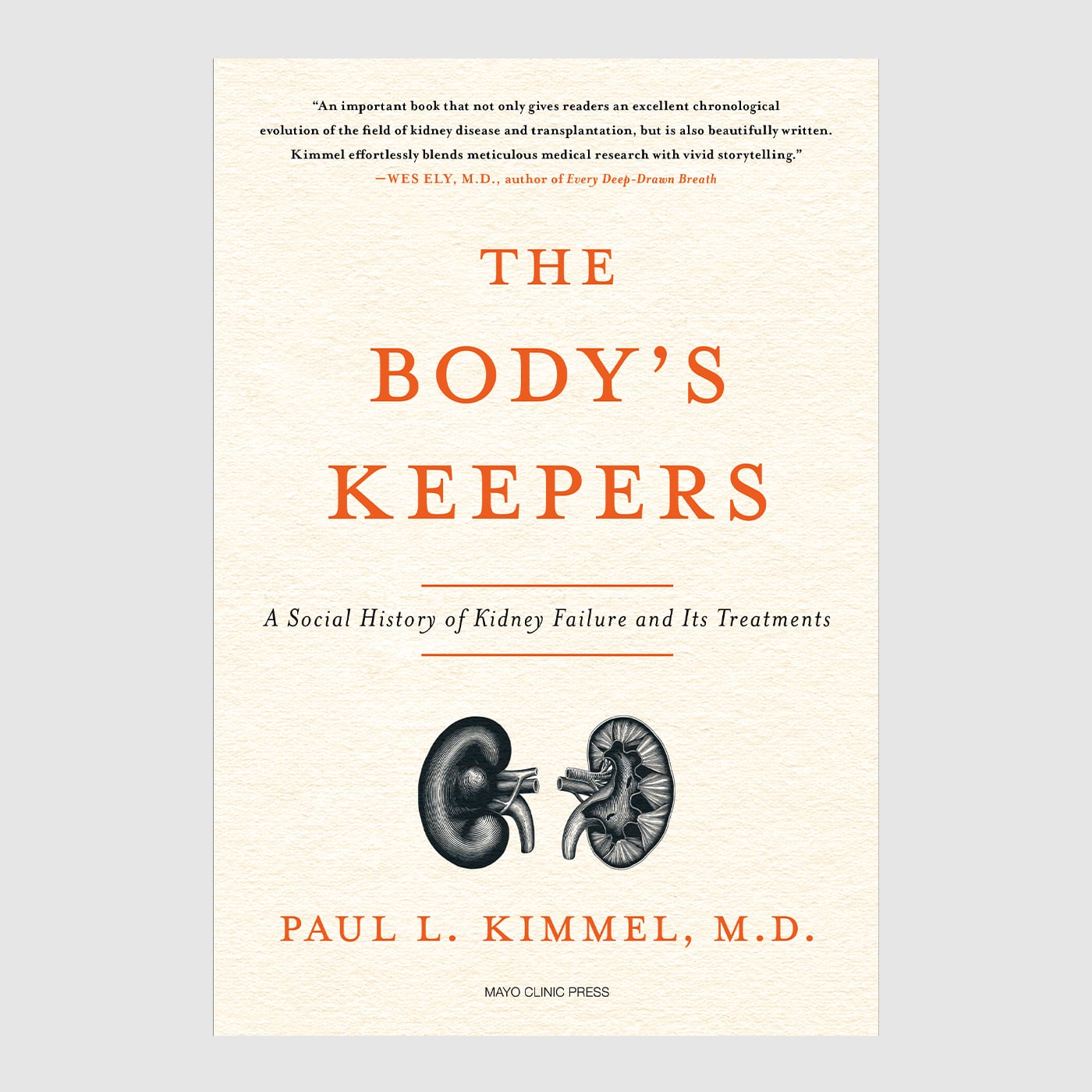
Relevant reading
The Body's Keepers
Renowned nephrologist Dr. Paul Kimmel takes us on an eye-opening journey through the history of kidney disease, dialysis, and transplantation. Drawing on both his extensive research and decades of experience in the field, he explains the development of treatments, technologies, and medical practices that have advanced the care of patients with kidney disease.


